This is one of the easiest species to naturalize in my experience. While there are many species that are known to re-seed, this one re-seeds reliably. It doesn’t take much to get new plants established in an area. Not only that, if there is more than one type nearby, they hybridize quite readily as well.
When I moved to this property, there were several non-native columbines on the property. Over the years, they would hybridize and re-seed within a small area. As a short-lived perennial, some would die out, new ones would pop up, each one a different color. I didn’t have to do anything to encourage it.
I’ve since given most of those non-native ones away. New ones do pop up from time to time, which I dig out and give away as well. I am trying to establish just the native species, so I don’t want them hybridizing. Otherwise I’d end up with non-native species in my native nursery. Not to worry, the seed I used to grow these did not come from mixed native and non-native gardens.
If you enjoy the non-native columbines, I have not found them to be invasive. They are too short-lived to pose any problems, and I haven’t found them to be aggressive. I personally don’t see any problem in allowing them to grow in your own garden. Hybridizing does happen, but there’s been evidence to show that most plants reproduce best as non-hybrids. That’s why we still have a large diversity of species even in areas where they overlap. While there are rare instances of native and non-native hybridization creating super-invasives, there are far more cases where there’s really no issue. If you like both, grow both.
Columbines are resilient
One thing I love about columbines is how resilient they are. Forget dandelions, which are a weedy non-native species and really should be ripped out. There are many plants that will pop up in cracks in driveways and sidewalks – including this one. I have a massive one growing in a crack in my driveway. We’ve never had our driveway sealed, which I don’t mind, because I’m able to see exactly what is willing to seed into it.
Benefit to habitat
We focus so much on the “earliest spring food for bees,” we forget to consider what the earliest foods are for bird migrations. Columbines begin blooming at the same time as the first hummingbirds begin to arrive. If you don’t have the time or money to make your own nectar and clean and refill feeders, plant a garden of columbines. The red flowers will attract the birds to your garden and provide them with nourishment along their journey. This is why this plant is included in my Humdingers for Hummers category.
It is, of course, also visited by many other pollinators who also enjoy its nectar. There is also a butterfly that hosts on columbine foliage, known as the Columbine duskywing. If you grow columbines, you may have seen this butterfly in your garden.
Cultivar or Seed Strain?
I am selling both the standard species (available later 2025) and Little Lanterns in my nursery. Little Lanterns is exactly like the standard in color, the only difference being its compact and dwarf stature. This makes Little Lanterns ideal for planting along garden borders, in fairy gardens, and in container gardens. If you are extremely limited on space, with a rooftop garden or tiny courtyard behind a rowhome, Little Lanterns is ideal for these locations.
Personally, I call these seed strains. Cultivars are genetic clones of the original patented plant – they are propagated via cuttings or division. As far as I’m aware, the only way to truly propagate this species of columbine is via seed. It’s not really necessary to propagate from cuttings when it’s so easy to grow from seed, and you are likely to get at least a few that are similar to the parent. A seed strain therefore has genetic diversity, but includes the gene that allows it to produce the selected feature. If allowed to re-seed on your property, you should get at least a few additional Little Lanterns growing nearby.

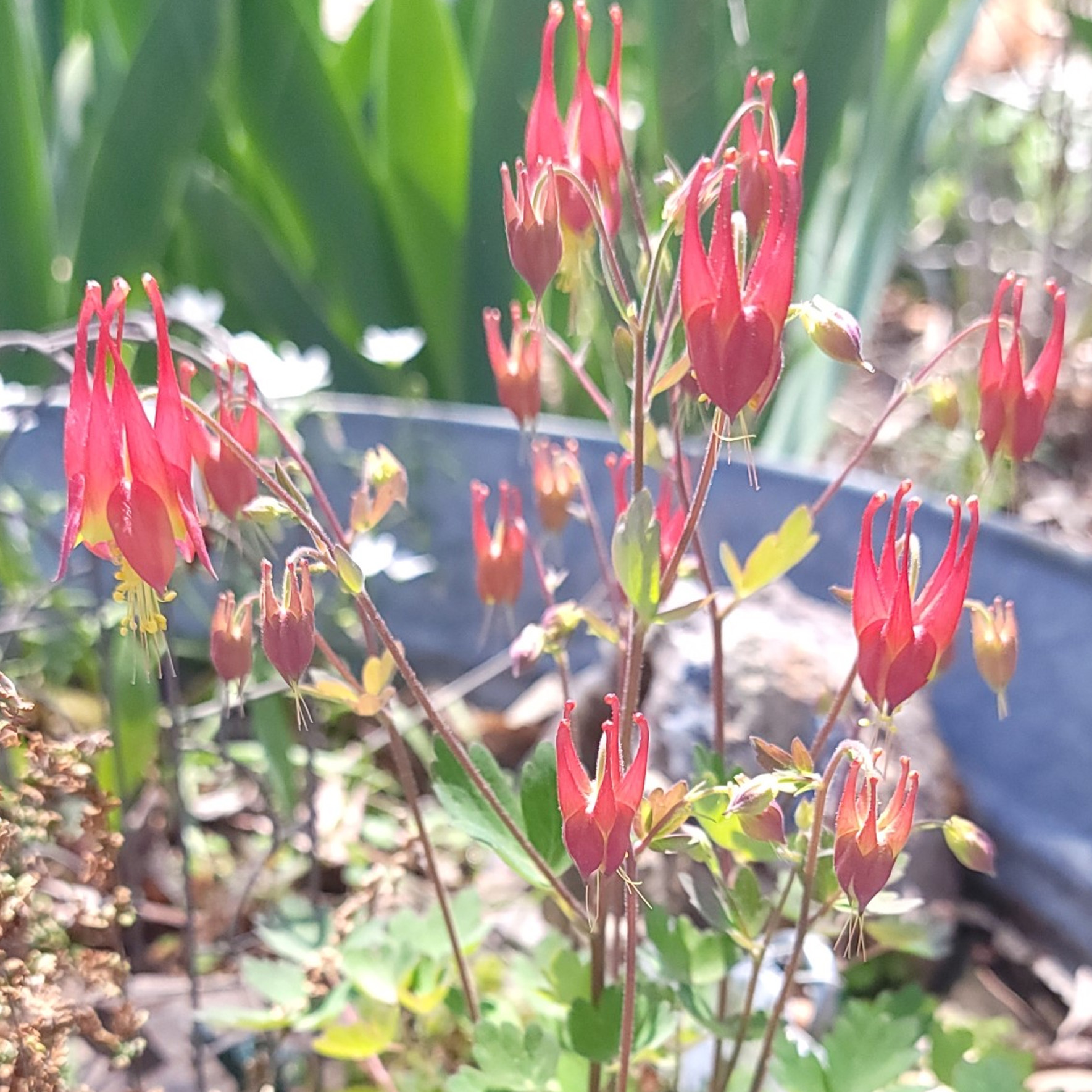
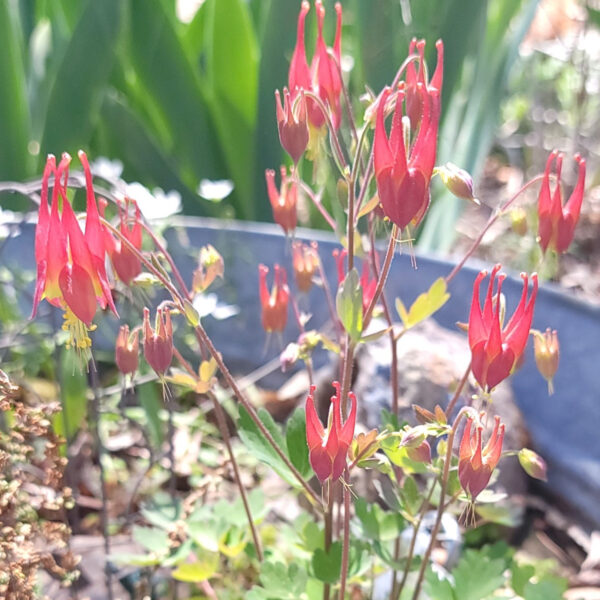
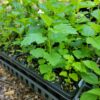
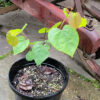

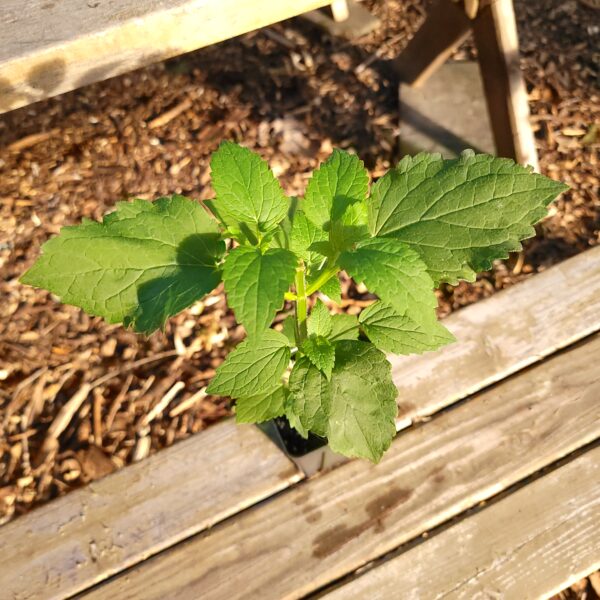

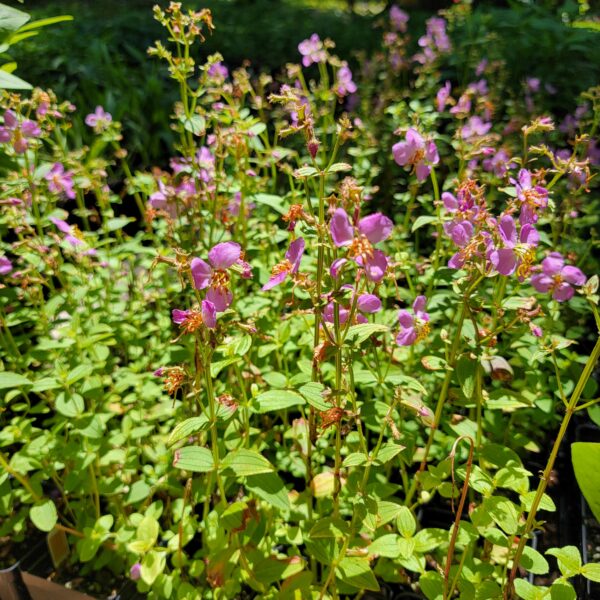
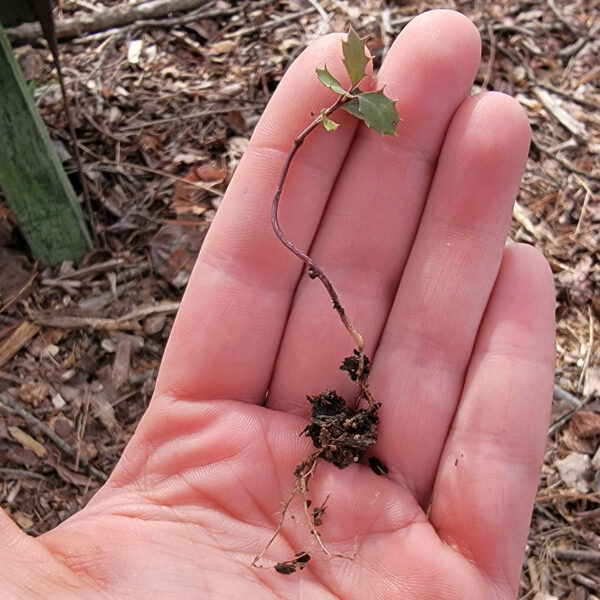
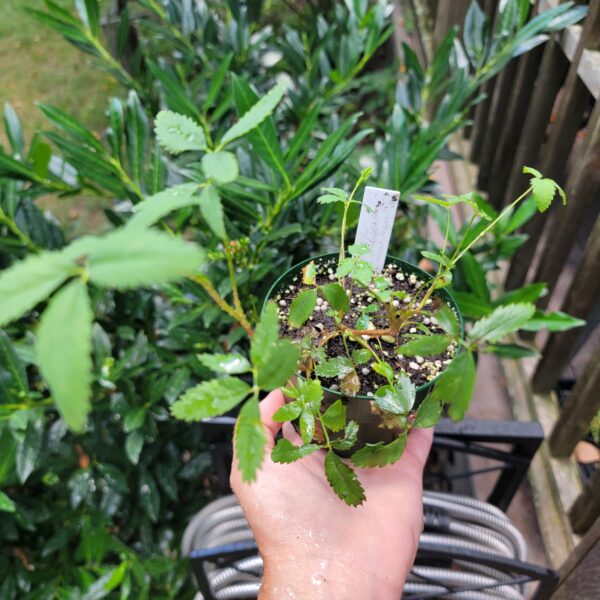
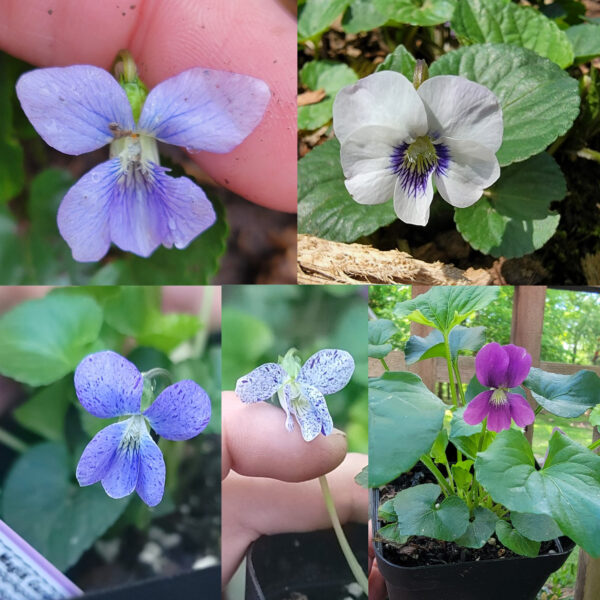




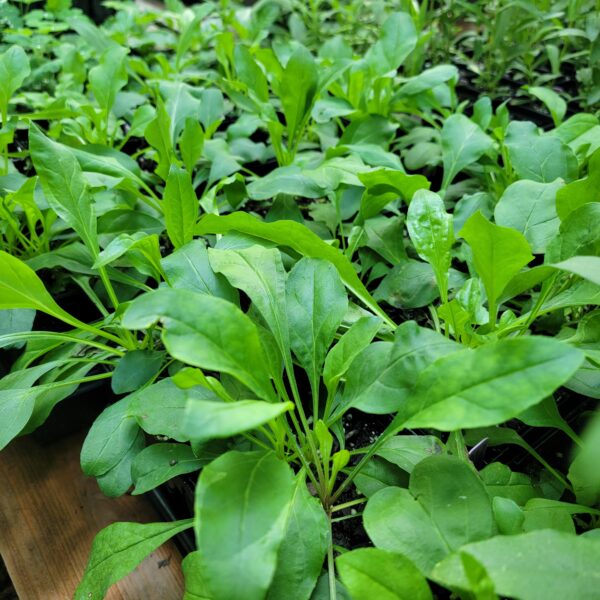
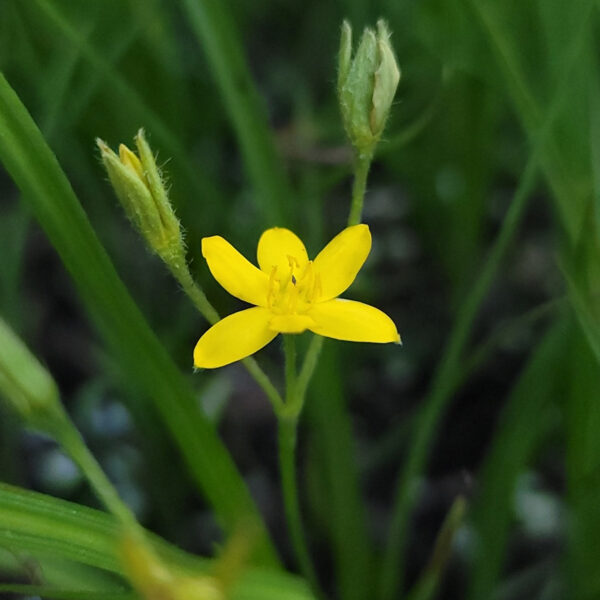

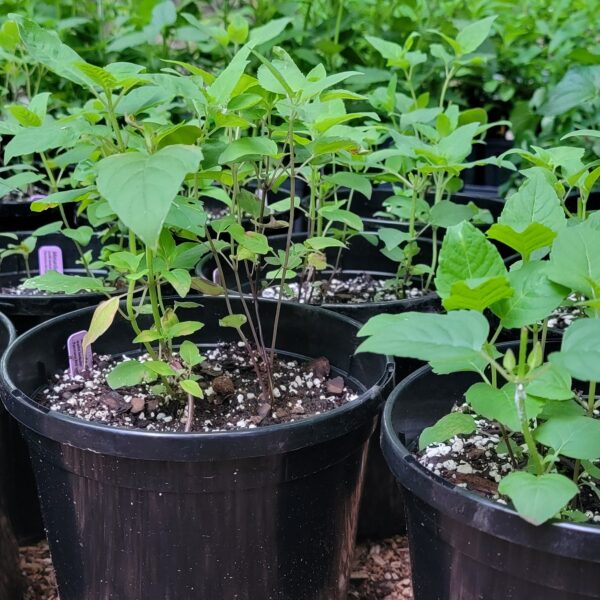
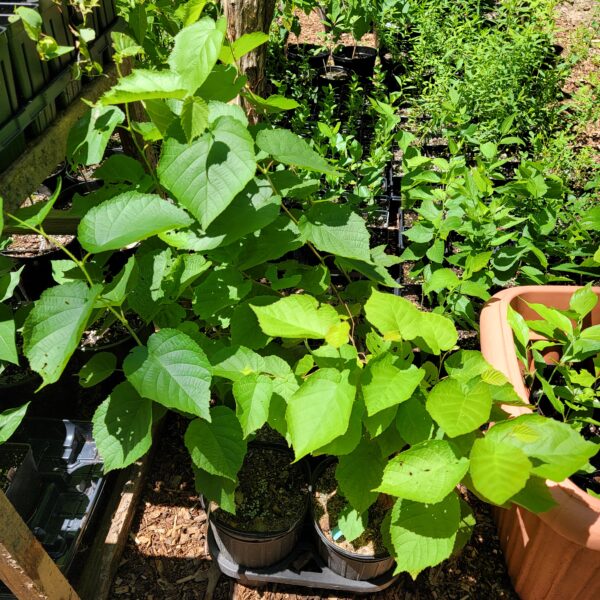
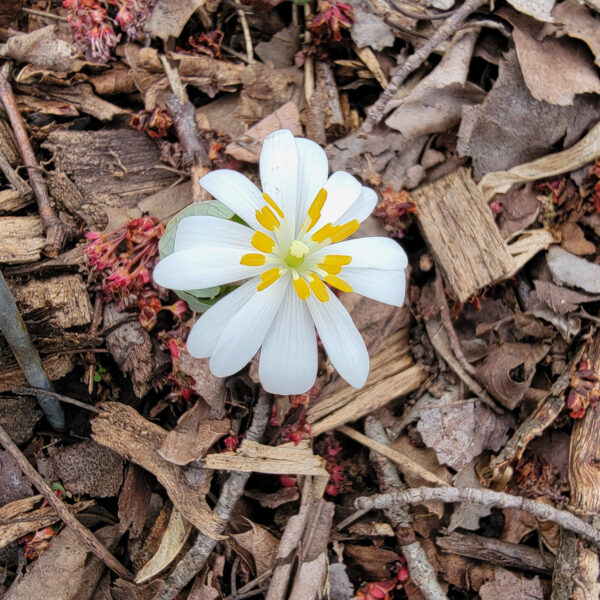


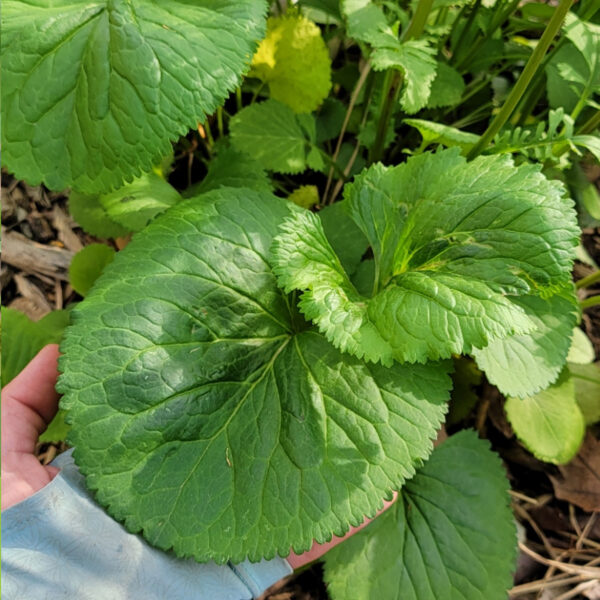
Reviews
There are no reviews yet.